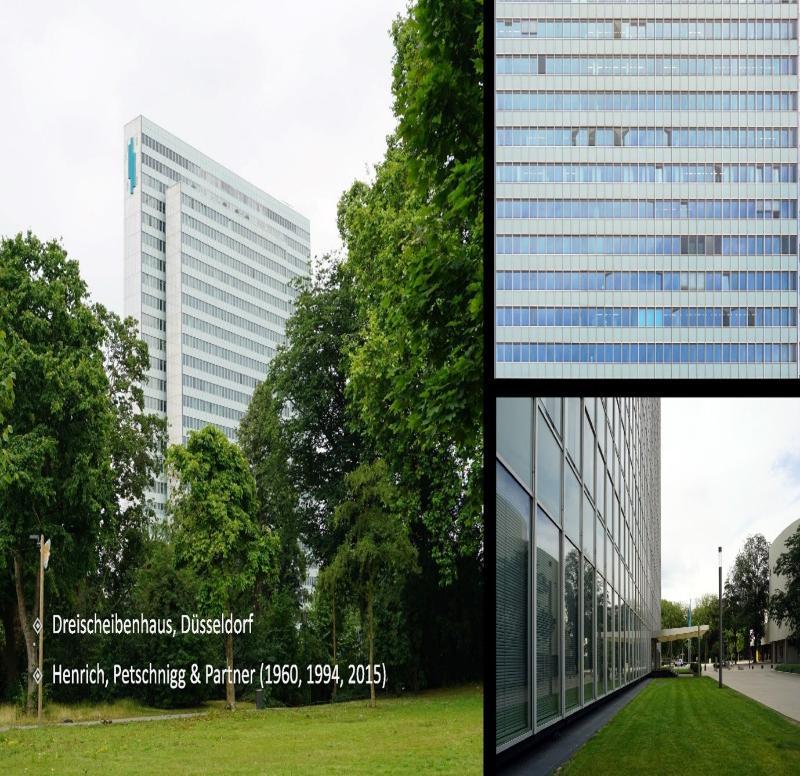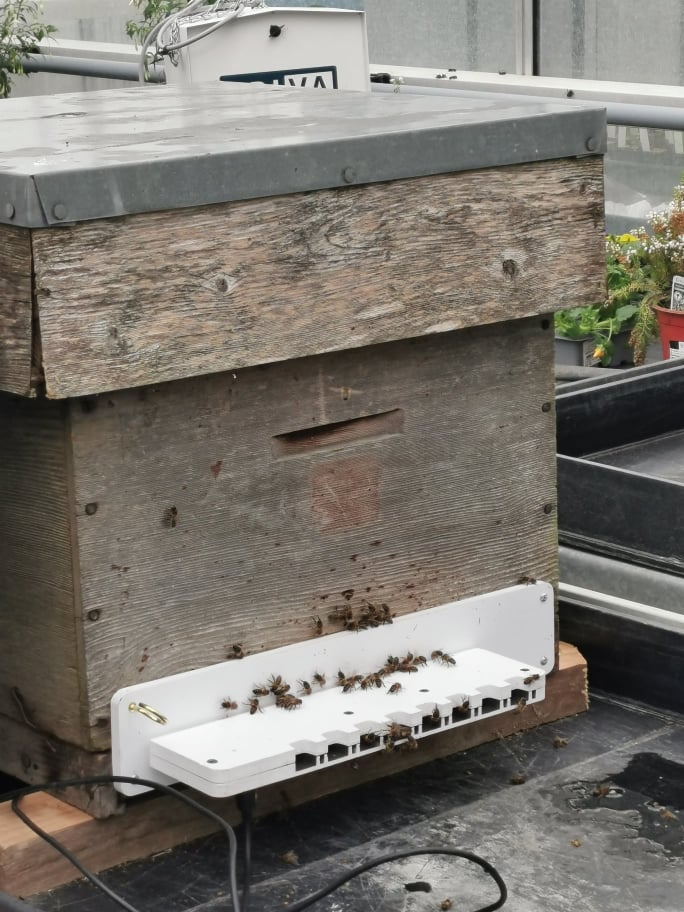Balancing Heritage and Sustainability in the Retrofit of Curtainwalls at Open House Dublin 2022
Little represented the new in the post-war European cityscape better than the curtain wall high-rise, yet few buildings were designed with so little attention to energy use. When should these facades be retained and when should their renovation take heritage issues into consideration?
The workshop, Balancing Heritage and Sustainability in the Retrofit of Curtainwalls, convened at the Royal Society of Antiquaries of Ireland on the afternoon of 14 October 2022 attempted to untangle this question. Research presented at this event was funded by a Coalesce Grant from the Irish Research Council. The project is led by Kathleen James-Chakraborty from UCD Art History and Cultural Policy and Biswajit Basu from Trinity College Dublin. The workshop was the public-facing activities organized by Open House Dublin, Ireland’s largest architecture festival.
At 2pm, Ciaran O'Connor, State Architect from the Office of Public Works, gave an opening speech addressing various ongoing challenges related to global warming and the Ukraine War. He reflected on what architects could do to provide sustainable solutions and fulfil demands for (re)construction and encouraged researchers and practitioners to work together to meet these challenges.
Gráinne Shaffrey, Principal Shaffrey Associates Architects and President of ICOMOS (International Council on Monuments and Sites) Ireland, presented current policies on cultural heritage and sustainable development and efforts to promote these goals. Recently published documents include the Twentieth-Century Thematic Framework (ISC20c and Getty Conservation Institute), the Approaches for the Conservation of Twentieth-century Cultural Heritage, the European Quality Principles, and the Cádiz Document.
Following the introduction by architectural historian Kathleen James-Chakraborty, Zhengfeng Wang, Postdoctoral Research Fellow at UCD, presented examples of the retrofit of postwar building skins from Brussels, Dusseldorf, Paris, Cork, and Dublin. The cases ranged from the meticulous recreation of the original in ways that nonetheless substantially reduce energy usage to the creative design of new treatments that offer entirely up-to-date alternatives to their original appearance.

Biswajit Basu explained from a technical aspect the project’s objective of enhancing the energy performance of curtain wall building. Saravanan Gurusamy, Postdoctoral Research Fellow at TCD, elaborated on the experimental study and measuring instruments the team had considered and implemented and the numerical model for building retrofit and air movement they would adopt. The team will host a second workshop targeting the engineering community next year.
The workshop at Open House Dublin received insightful and refreshing questions from the audience. Participants included heritage professionals, architectural historians, engineers, students, and those interested in building energy. The lively discussion concluded at 4.30pm.
Credits
The research team would like to thank Archives Nationales (Paris), Centre d’archives d’architecture contemporaine, Cité de l’architecture et du patrimoine, CIVA (Brussels), Cork City and County Archives, Irish Architectural Archive, Royal Danish Library, and Thyssenkrupp Corporate Archives, which provided generous support in assisting with the consultation of research materials.
Further information
Please visit the research project’s website

.jpg)
